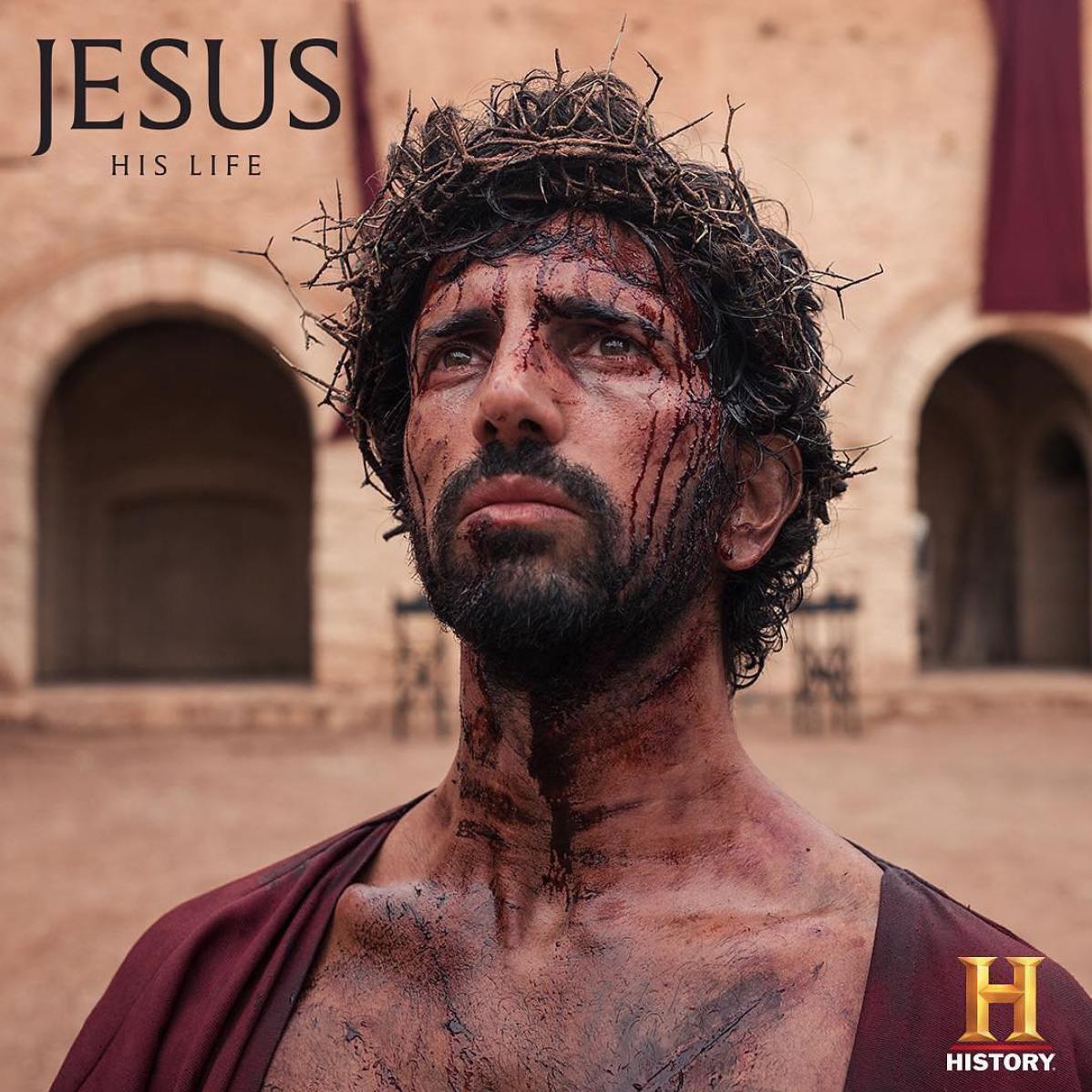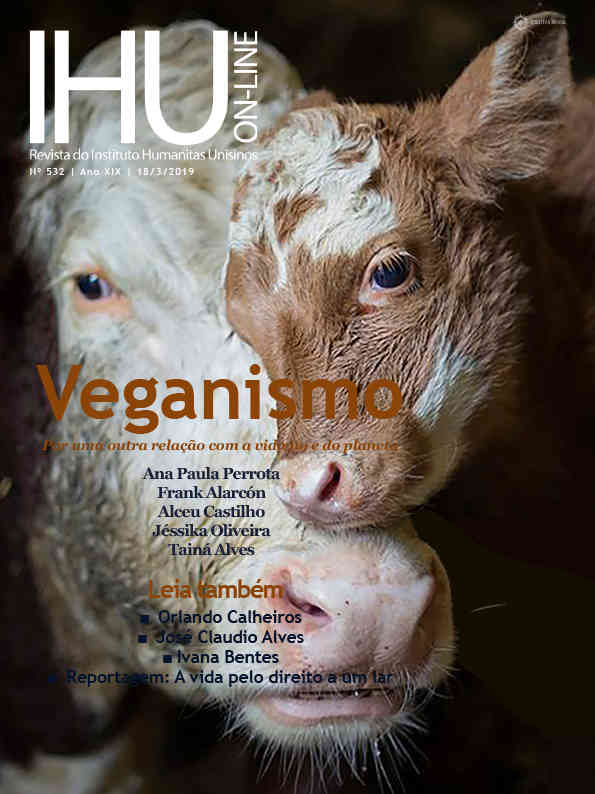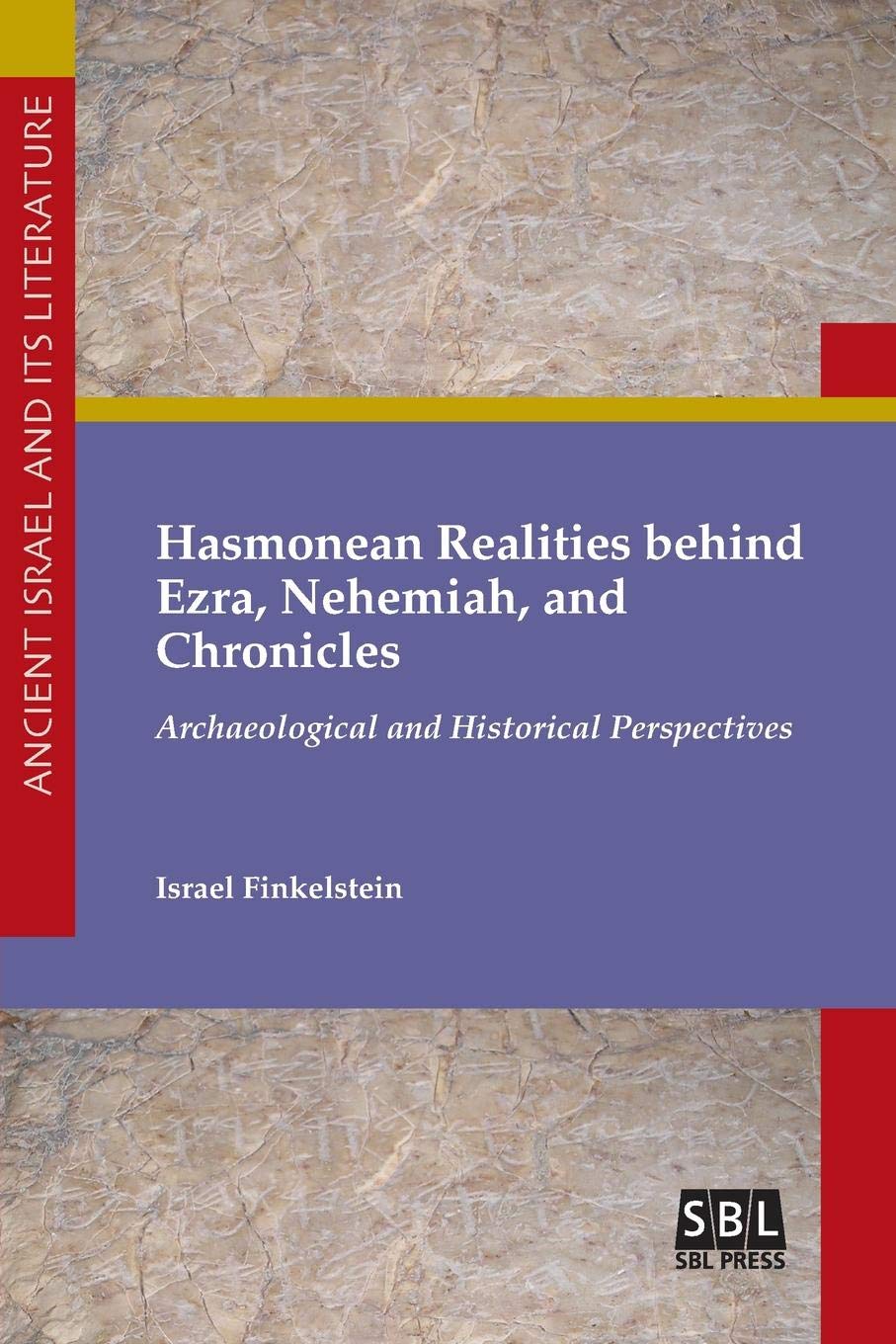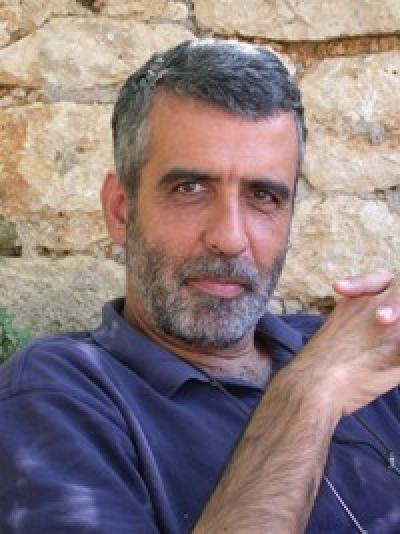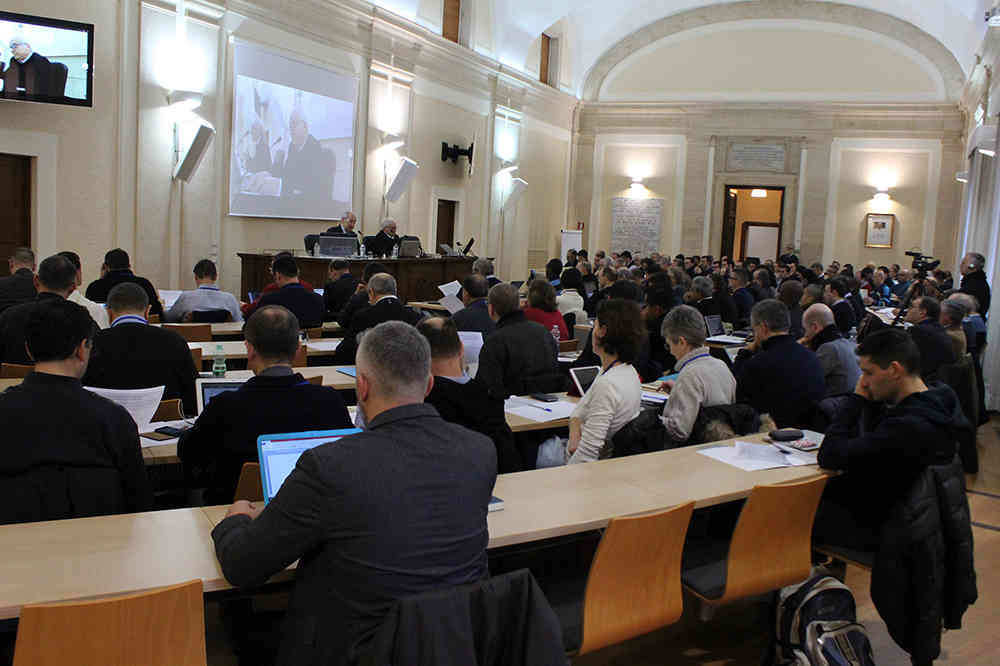Estão disponíveis na web alguns artigos sobre Jesus: His Life [Jesus: sua vida] série em oito capítulos do canal History que começou em 25.03.2019. Em português a série tem o título de Eu conheci Jesus e está no History de 18 a 21 de abril de 2019.
Esta série segue em grande parte as apresentações de Jesus feitas pelos quatro evangelhos canônicos, embora os situe no contexto da Palestina do século I sob o Império Romano. Ao fazê-lo, segue a visão mais suave da historiografia neotestamentária iniciada por James Dunn em Jesus Remembered, explica Paul N. Anderson.
One of the impressive features of the series is the fact of its intentional hybridity. While megachurch pastor Joel Osteen served as the Executive Producer of the series, the contributions of such first-rate biblical scholars as Robert Cargill, Mark Goodacre, Nicola Denzey Lewis, and Michael Peppard give this series a robust reasoned gravitas, including also the pastoral insights of such ministerial standouts as Pastor Susan Parks, Reverend Otis Moss, III, Father James Martin, SJ, and Bishop Michael Curry. The hybridity works well, and the making of meaning is well founded, based upon solid historical-critical research and inferences.
:: “Jesus: His Life—Perspectives of Joseph and John the Baptist” – By Paul N. Anderson: The Bible and Interpretation – March 2019
As the calendar approaches Easter, made-for-television movies and documentaries appear on the History Channel, CNN, the National Geographic Channel, and other venues; and, why not? Christianity is the largest religion in the world, and there’s a great deal of interest within society at large, as well as among the believing faithful. As Robert Cargill points out in the introit to Jesus: His Life, “The Story of Jesus is the greatest story ever told.” Or, as Ben Witherington III notes, “If we want to understand western civilization at all, we must understand the story of Jesus.” In that sense, this eight-part series on Jesus and his life is of interest both to believers and others, and the series produced by Nutopia for the History Channel the four Monday evenings before Easter is certainly worth taking in. As the series claims for itself, “Jesus: His Life” explores the story of Jesus Christ through a unique lens: the people in his life who were closest to him. Each of the eight chapters is told from the perspective of different biblical figures, all of whom played a pivotal role in Jesus’ life including Joseph, John the Baptist, Mary Mother of Jesus, Caiaphas, Judas Iscariot, Pontius Pilate, Mary Magdalene and Peter.
Leia os artigos de Paul N. Anderson:
“Jesus: His Life—Perspectives of Joseph and John the Baptist” (Pt. 1)
“Jesus: His Life from the Perspectives of Mary and Caiaphas” (Pt. 2)
“Jesus: His Life from the Perspectives of Judas and Pilate” (Pt. 3)
“Jesus: His Life from the Perspectives of Mary Magdalene and the Apostle Peter” (Pt.4)
:: ”Jesus, sua vida”: série televisiva apresenta novo olhar sobre o personagem mais estudado do mundo – Por John Anderson: IHU On-Line – 25 Março 2019
Há apenas uma narrativa que pode reivindicar ser “a maior história já contada”, e nós ouvimos essa frase – imediata e talvez previsivelmente – no início de “Jesus: His Life” [Jesus: sua vida], a série de oito capítulos do canal History [dos Estados Unidos], que começa nesta segunda-feira, 25 de março. Quem pode discordar disso? Bem, algumas das pessoas que aparecem no programa. O comentário é de John Anderson, crítico de televisão do The Wall Street Journal e colaborador do The New York Times, em artigo publicado em America, 22-03-2019. Grande parte dessa série ambiciosa, produzida pelo estúdio Nutopia, com sede no Reino Unido (“Finding Jesus”, “Civilizations”), segue a estética estabelecida do canal History: encenações dramáticas que ninguém jamais confundirá com a obra de Cecil B. DeMille e uma trilha sonora que se intensifica e enfurece como um Mar Vermelho furioso. Mas há também uma integridade intelectual em ação e uma estrutura que proporciona um novo modo de ver a vida mais estudada do mundo.
:: ‘Jesus: His Life’: a fresh take on the world’s most studied character – By John Anderson: America – March 22, 2019
There is only one narrative that can lay claim to being “the greatest story ever told” and we hear that very phrase, immediately and perhaps predictably, at the beginning of “Jesus: His Life,” the eight-part History series beginning on Monday, March 25. Who can argue? Well, as it happens, some of the people who appear in the show. Much about this ambitious series, produced by the U.K.-based Nutopia studio (“Finding Jesus,” “Civilisations”), hews to the established History aesthetic: Dramatic re-enactments that no one will ever confuse with the work of Cecil B. DeMille and background music that roils and swells like an angry Red Sea. But there is also an intellectual integrity at work, and a structure that provides a fresh way of looking at the world’s already most studied life.
Andei lendo outras coisas que encontrei em simples busca no Google por “Jesus his life review”. Dizem, por exemplo:
According to History, the project represents an effort to tell Jesus’ story “in a new way.” Yet “Jesus: His Life” basically feels like a classic example of one of Hollywood’s most familiar pursuits — namely, merely serving old wine in a new bottle (Brian Lowry, CNN)
But the History Channel isn’t just out to inspire the faithful: It aims to entertain the masses, too. And as such, the story of Jesus’ life can sometimes take on a more breathless, action-packed aura than the biblical accounts strictly call for. The raw emotions we see here would feel more at home in a CW soap than a sober examination of history (Paul Asay, Plugged In)
Sem esquecer os alertas de Jim West. Por exemplo:
Another ‘Jesus’ Special By the History Channel… Scheduled for March
Don’t Get Your Historical Info About Biblical Stuff From the History Channel or BAR…
